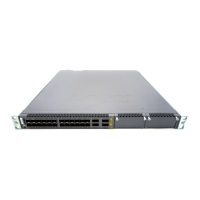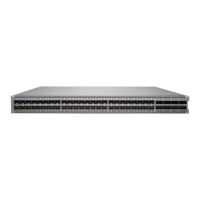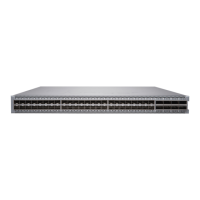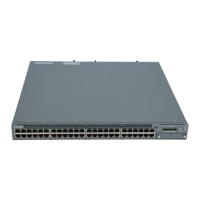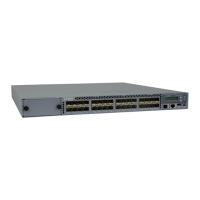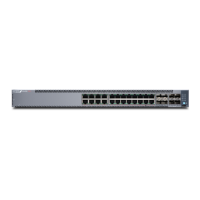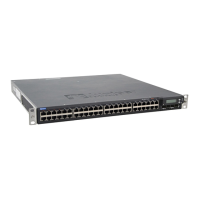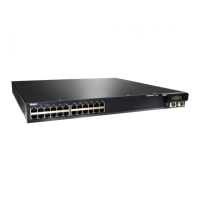hot-swapping a transceiver, wait for at least 10 seconds after removing the transceiver
from the port before installing a new transceiver.
4. Using both hands, carefully place the transceiver in the empty port. The connectors
must face the switch chassis.
CAUTION: Before you slide the transceiver into the port, ensure that the
transceiver is aligned correctly. Misalignment might cause the pins to
bend, making the transceiver unusable.
5. Slide the transceiver in gently until it is fully seated. If you are installing a CFP
transceiver, tighten the captive screws on the transceiver by using your fingers.
6. Remove the rubber safety cap when you are ready to connect the cable to the
transceiver.
WARNING: Do not look directly into a fiber-optic transceiver or into the
ends of fiber-optic cables. Fiber-optic transceivers and fiber-optic cables
connected to transceivers emit laser light that can damage your eyes.
Figure 37: Installing a Transceiver in an EX Series Switch
1— Ejector lever
Related
Documentation
Removing a Transceiver from an EX Series Switch on page 179•
• Connecting a Fiber-Optic Cable to an EX Series Switch on page 184
• Pluggable Transceivers Supported on EX Series Switches
Disconnecting a Fiber-Optic Cable from an EX Series Switch
EX Series switches have field-replaceable unit (FRU) optical transceivers to which you
can connect fiber-optic cables.
Before you begin disconnecting a fiber-optic cable from an optical transceiver installed
in an EX Series switch, ensure that you have taken the necessary precautions for safe
handling of lasers. See “Laser and LED Safety Guidelines and Warnings for EX Series
Switches” on page 98.
183Copyright © 2014, Juniper Networks, Inc.
Chapter 21: Replacing Transceivers and Fiber-Optic Cables
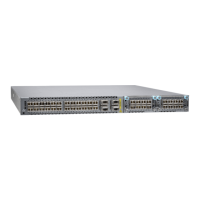
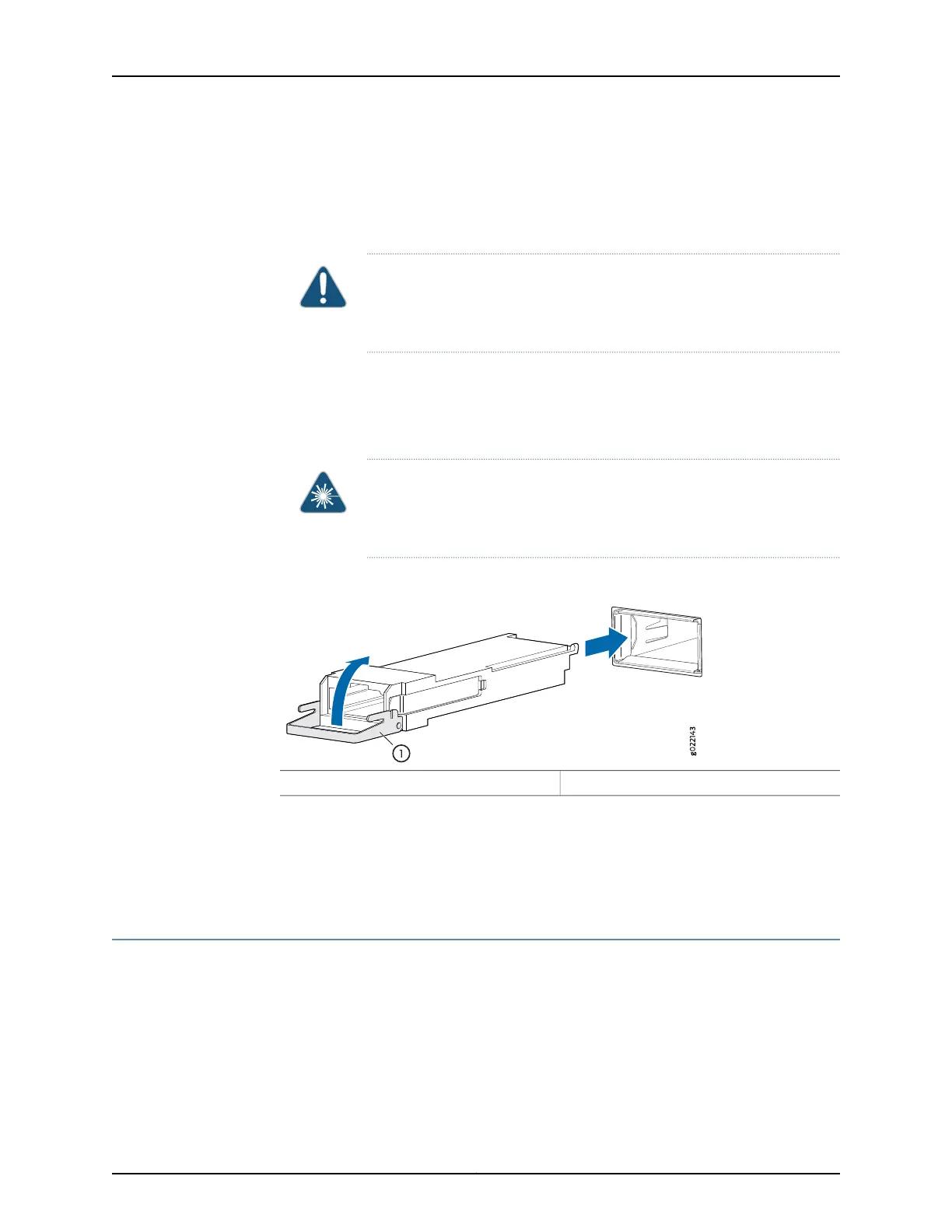